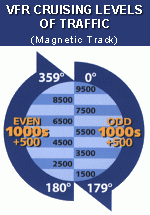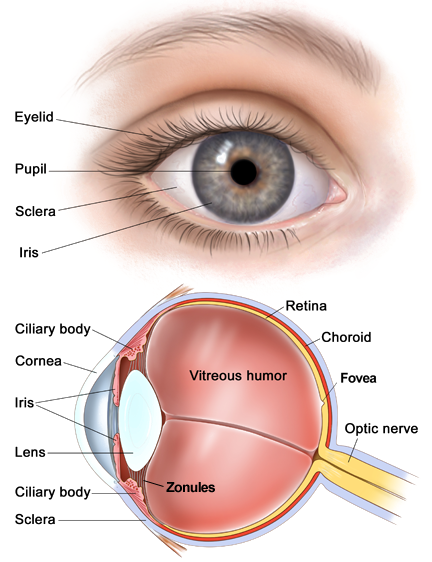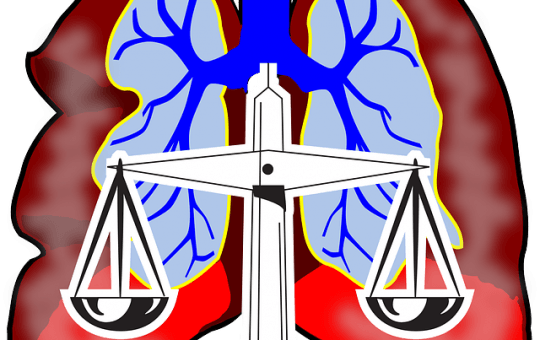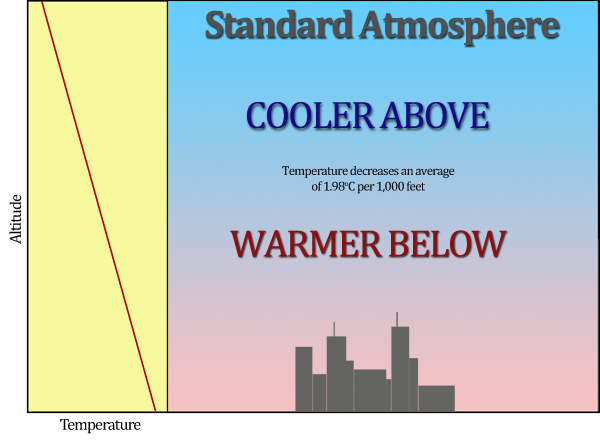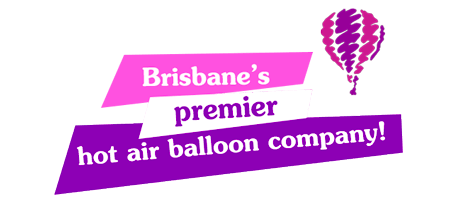It is important that you know the cruising levels of traffic with respect to how other aircraft operate in airspace. Although you will rarely fly a balloon at a predefined altitude aeroplanes and helicopters do generally operate at predetermined cruising levels based on their category of operation (VFR or IFR) and the direction that they […]
Vision for Pilots
The eye behaves like a camera with the lens focusing light onto the retina rather than the film or image sensor. The retina converts light into impulses that travel up the optic nerve to the brain.
Hypoxia
Hypoxia literally means “deficient in oxygen”. Hypoxia is a shortage of oxygen in the body. Hypoxia is a pathological condition in which the body as a whole (generalized hypoxia) or a region of the body (tissue hypoxia) is deprived of adequate oxygen supply. Variations in arterial oxygen concentrations can be part of the normal physiology, […]
Recognising a Temperature Inversion
In the troposhere temperature tends to decrease as height increases. In the theoretical International Standard Atmosphere the temperature decrease or ‘lapse rate’ is defined as 1.98oC per 1000 feet gain in altitude. Like most things theoretical this doesn’t always happen in practice.
CPL (CLWB) Examination Help
There are no complete study guides or reference books for candidates for the CPL(B) theory examinations to study. In this Help Page I will attempt to give references to questions in the CLWB air law theory examination that are commonly answered incorrectly by exam candidates.
Crew Training Manual
Our crew training manual is widely used throughout Australia as a reference work for training new crew. First published in 1995 it is currently undergoing a major update. The old version can be downloaded using the link below but make sure that you check back soon to obtain the new version which is expected by […]
